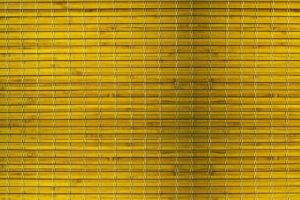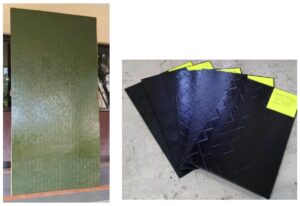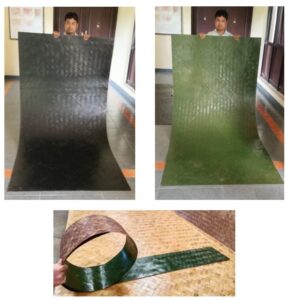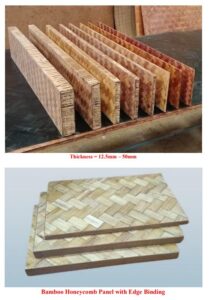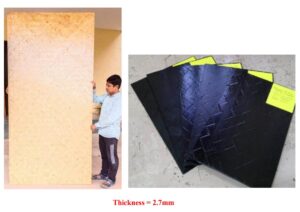1. Introduction
Bamboo water bottle and container production is a sustainable and profitable business. Bamboo is an eco-friendly, durable, and biodegradable material that is ideal for producing reusable water bottles and food containers. This report provides an in-depth analysis of setting up a bamboo water bottle and container production business, covering investment, production process, market potential, and financial feasibility.
2. Objectives
- To establish a business for manufacturing high-quality bamboo water bottles and containers.
- To cater to domestic and international markets with eco-friendly alternatives to plastic bottles.
- To promote sustainable living and reduce plastic waste.
- To create employment opportunities in the bamboo products industry.
3. Market Analysis
3.1 Demand Analysis
- Increasing preference for sustainable and biodegradable alternatives to plastic.
- Growing awareness of health benefits and non-toxic materials in food storage.
- Rising government support for eco-friendly and sustainable product initiatives.
- Expanding global demand through online retail platforms and sustainable product retailers.
3.2 Target Market
- Health-conscious consumers.
- Environmentally responsible businesses.
- Retailers and wholesalers of eco-friendly products.
- Online marketplaces (Amazon, Flipkart, Etsy, etc.).
- Hotels, restaurants, and corporate gifting businesses.
4. Land, Machinery & Costing
4.1 Land & Infrastructure
| Item | Quantity | Cost per unit (INR) | Total Cost (INR) |
|---|---|---|---|
| Land (1 acre) | |||
| Workshop & Production Unit | |||
| Machinery & Equipment | |||
| Office & Utilities | |||
| Total | – | – |
4.2 Raw Materials & Processing Costs
| Item | Quantity | Cost per unit (INR) | Total Cost (INR) |
|---|---|---|---|
| Raw Bamboo | |||
| Finishing Materials (Polish, Coatings) | – | – | |
| Cutting & Shaping Equipment | – | – | |
| Labor (20 workers) | Monthly | ||
| Packaging & Transportation | – | – | |
| Miscellaneous | – | – | |
| Total | – | – |
4.3 Processing & Supply Chain
- Sourcing – Procurement of high-quality bamboo from plantations.
- Processing – Cutting, shaping, and treating bamboo to make it suitable for water storage.
- Assembling & Finishing – Adding leak-proof lids, food-safe coatings, and branding elements.
- Quality Testing – Ensuring durability, leakage-proof features, and food safety standards.
- Packaging & Distribution – Safe packaging for transport and bulk distribution to retailers and customers.
5. Financial Analysis
5.1 Cost Estimation
Fixed Costs
| Expense | Cost (INR) |
|---|---|
| Land & Infrastructure | |
| Machinery & Equipment | |
| Office Setup & Utilities | |
| Total Fixed Costs |
Variable Costs (Per Year)
| Expense | Cost (INR) |
|---|---|
| Raw Materials | |
| Processing & Finishing | |
| Labor | |
| Utilities & Maintenance | |
| Marketing & Distribution | |
| Total Variable Costs |
5.2 Revenue & Profit Analysis
| Parameter | Value |
|---|---|
| Selling Price per Bottle/Container | |
| Sales Volume (Per Year) | |
| Revenue from Sales | |
| Annual Cost (Fixed + Variable) | |
| Profit (From Second Year Onwards) |
6. Break-Even Analysis
- Fixed Costs:
- Profit Per Year (After First Year):
- Break-even Point =
7. Sustainability & Environmental Impact
- Renewable Resource: Bamboo regenerates quickly and is sustainably harvested.
- Plastic-Free Production: Reduces dependence on single-use plastic bottles and containers.
- Biodegradable Products: 100% compostable, reducing environmental impact.
- Waste Utilization: Bamboo scraps can be repurposed for smaller products or biomass energy.
8. Challenges & Mitigation Strategies
| Challenge | Mitigation Strategy |
|---|---|
| Raw Material Availability | Partner with dedicated bamboo plantations and suppliers. |
| Market Competition | Focus on quality, unique designs, and branding. |
| Manufacturing Efficiency | Invest in high-quality equipment and skilled labor. |
| Consumer Awareness | Strong marketing through social media and eco-friendly branding. |
